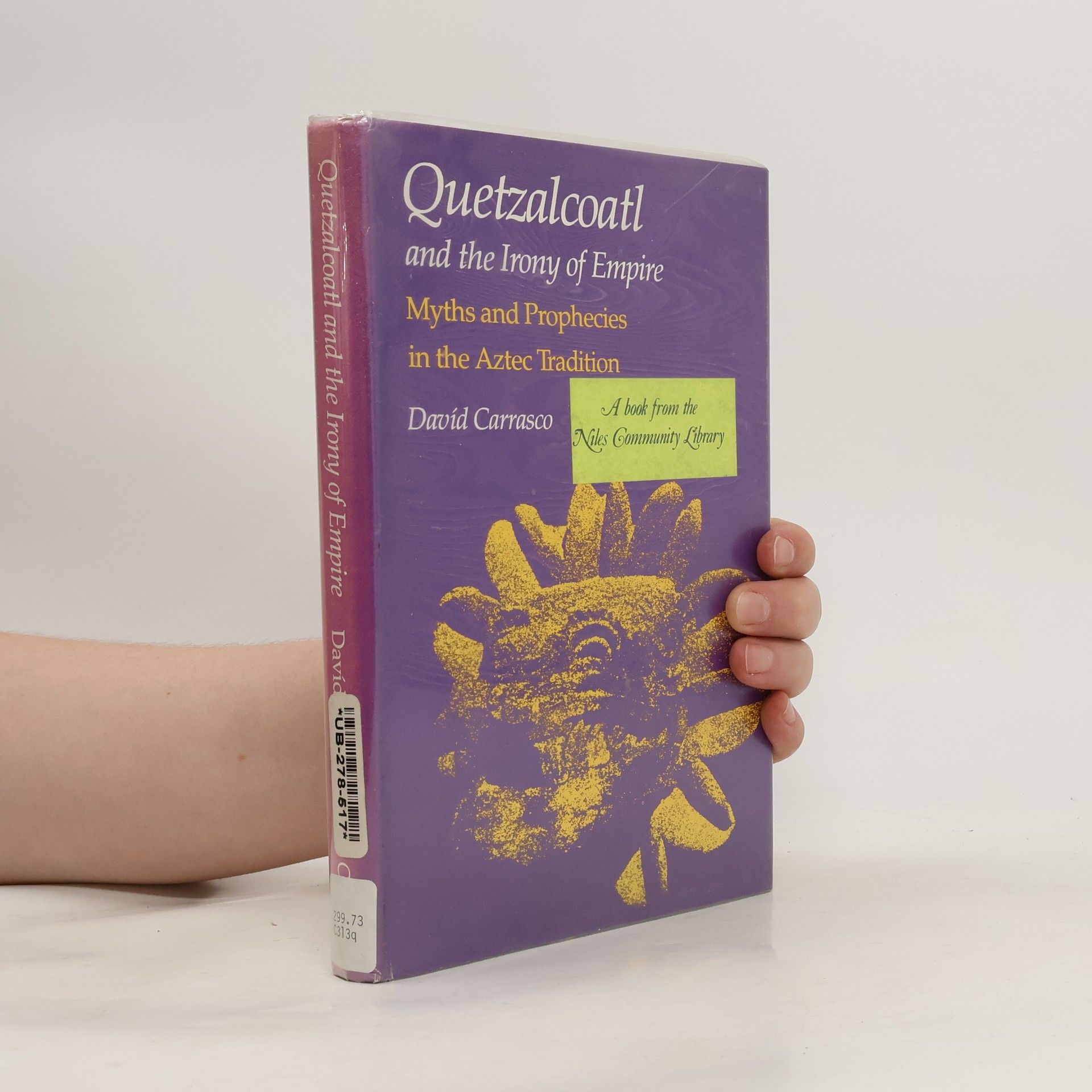Daily Life of the Aztecs
- 282pagine
- 10 ore di lettura
Describes and explains various aspects of life in complex historical eras - cultural, social, religious, political - with details on such activities as cooking, games, dress, and parenting.
David L. Carrasco è uno studioso di spicco nello studio della religione e dell'antropologia, con un focus particolare sulle culture mesoamericane. Il suo vasto lavoro, specialmente sugli Aztechi, offre profonde intuizioni sui loro complessi sistemi religiosi e culturali. Carrasco fonde l'analisi storica con la comprensione antropologica per illuminare le vite spirituali e le visioni cosmiche delle civiltà antiche. Il suo approccio rivela ricerche umane universali di significato all'interno del contesto unico del mondo mesoamericano.







Describes and explains various aspects of life in complex historical eras - cultural, social, religious, political - with details on such activities as cooking, games, dress, and parenting.
Carrasco employs an informed imagination to explore the relationship between ideas and their material forms, similar to the approach of J. Eric Thompson. This examination delves into how conceptual frameworks can influence and shape physical manifestations, offering a thought-provoking perspective on the interplay between thought and materiality.
Illuminates the complexities of Aztec life. Readers meet a people highly skilled in sculpture, astronomy, city planning, poetry, and philosophy, who were also profoundly committed to cosmic regeneration through the thrust of the ceremonial knife and through warfare.
Myths and Prophecies in the Aztec Tradition
Davíd Carrasco draws from the perspectives of the history of religions, anthropology, and urban ecology to explore the nature of the complex symbolic form of Quetzalcoatl in the organization, legitimation, and subversion of a large segment of the Mexican urban tradition. His new Preface addresses this tradition in the light of the Columbian quincentennial. "This book, rich in ideas, constituting a novel approach . . . represents a stimulating and provocative contribution to Mesoamerican studies. . . . Recommended to all serious students of the New World's most advanced indigenous civilization."—H. B. Nicholson, Man
Základní předností práce profesora religionistiky na univerzitě v coloradském Boulderu je schopnost vidět náboženství a mytologické projevy i texty nativní Mezoameriky v širších souvislostech společenských, rituálních, ekologických, ale i astronomických a synkretických; jádrem těchto souvislostí je stálý důraz na možné korelace obřadních center, okruhů a náboženského života. Naše znalosti starých mezoamerických náboženství a mytologií jsou na mnohem nižším stupni, než je tomu v případě Mezopotámie, Egypta či Řecka. Zdá se však, že se situace začíná měnit: Mayologové doznali značných úspěchů v dešifraci epigrafických materiálů právě klasického období, jež jim otevřely cesty k poznání dynastických dějin mayského kulturního areálu.
November 1519: Die Spanier ziehen unter Hernán Cortés in Tenochtitlan ein – und kommen aus dem Staunen nicht mehr heraus. Ihre Berichte legen Zeugnis ab von der Pracht der aztekischen Kapitale mit ihren gewaltigen Pyramiden und Türmen. Doch wer waren die Azteken: Menschen opfernde Barbaren und brutale Krieger oder feinsinnige Künstler, ja tiefgründige Philosophen? Davíd Carrasco erzählt die Geschichte der Azteken und zeichnet ein differenziertes Bild von ihrem Alltagsleben, von der Struktur ihrer Gesellschaft, von Handel und Handwerk, Religion und Kosmovision, Dichtung, Philosophie und bildender Kunst.